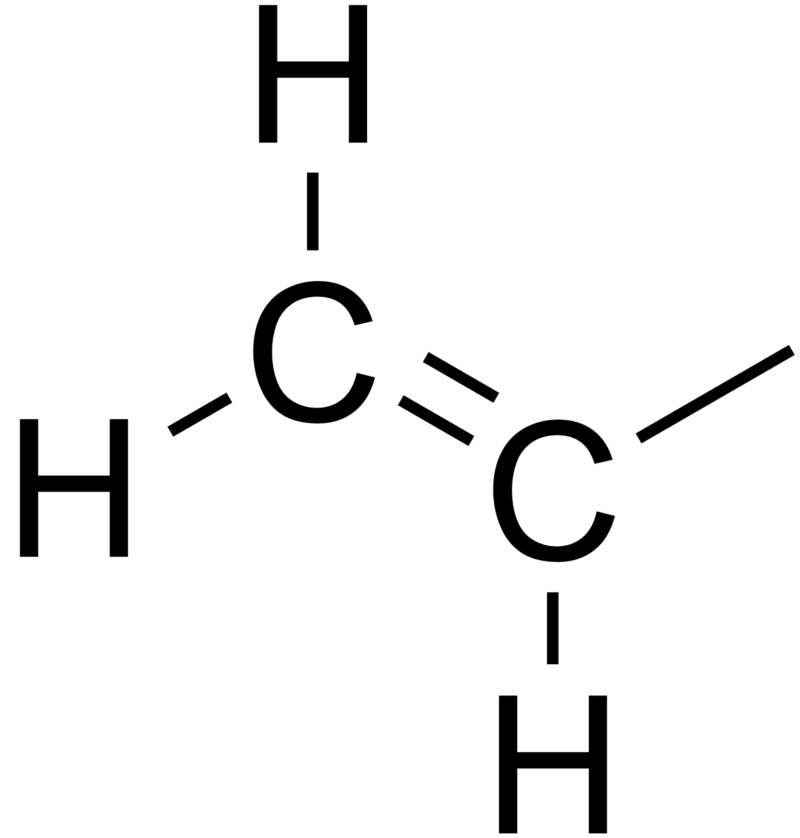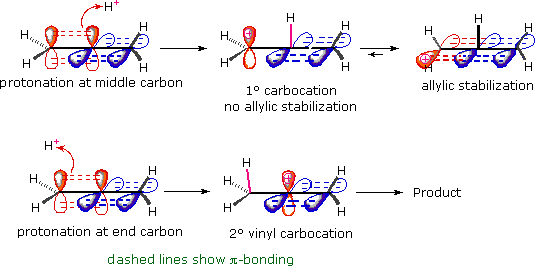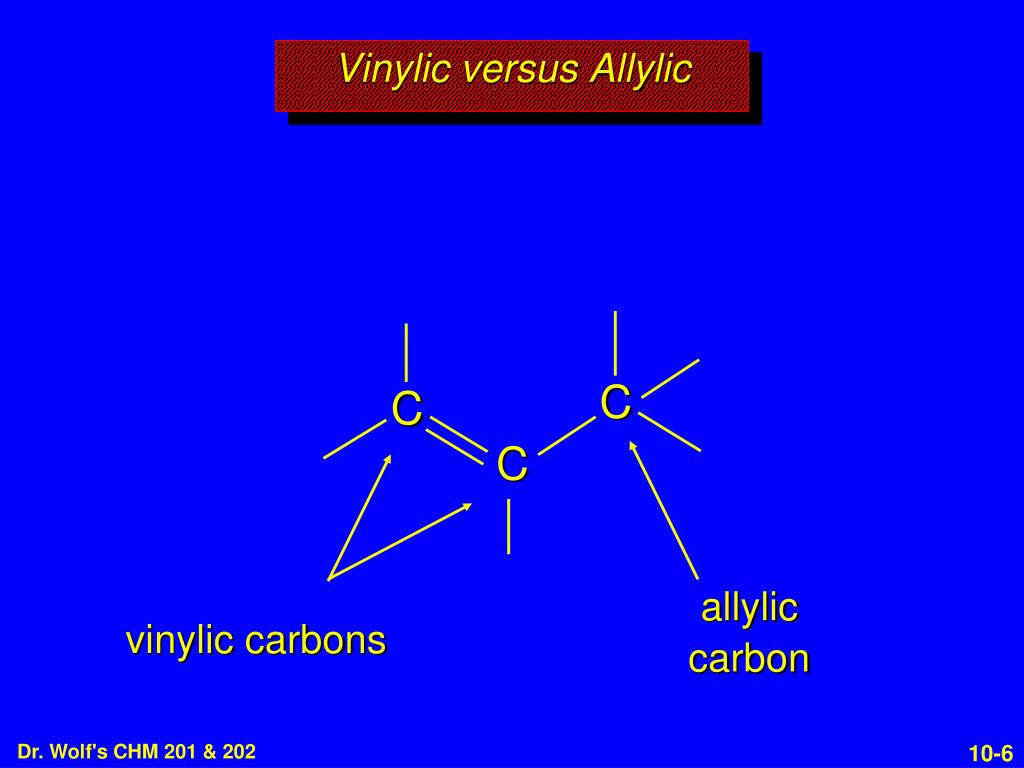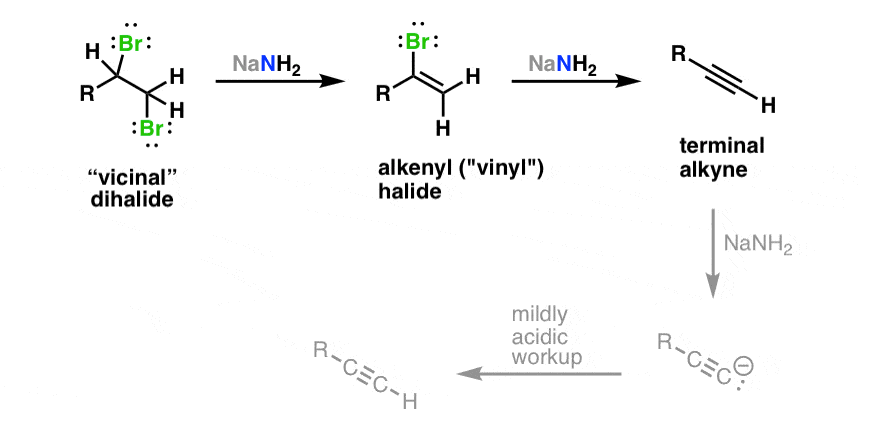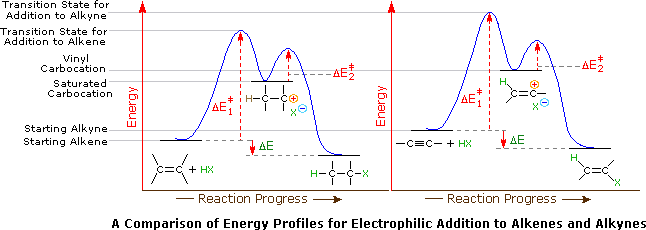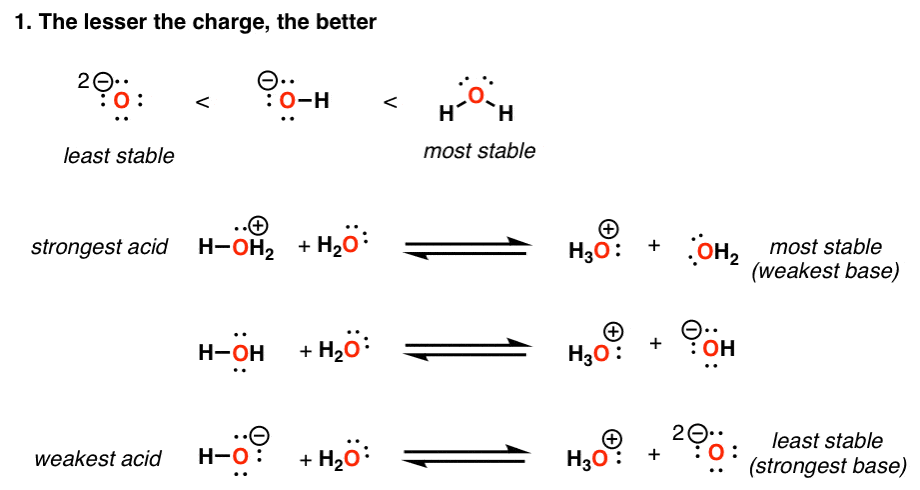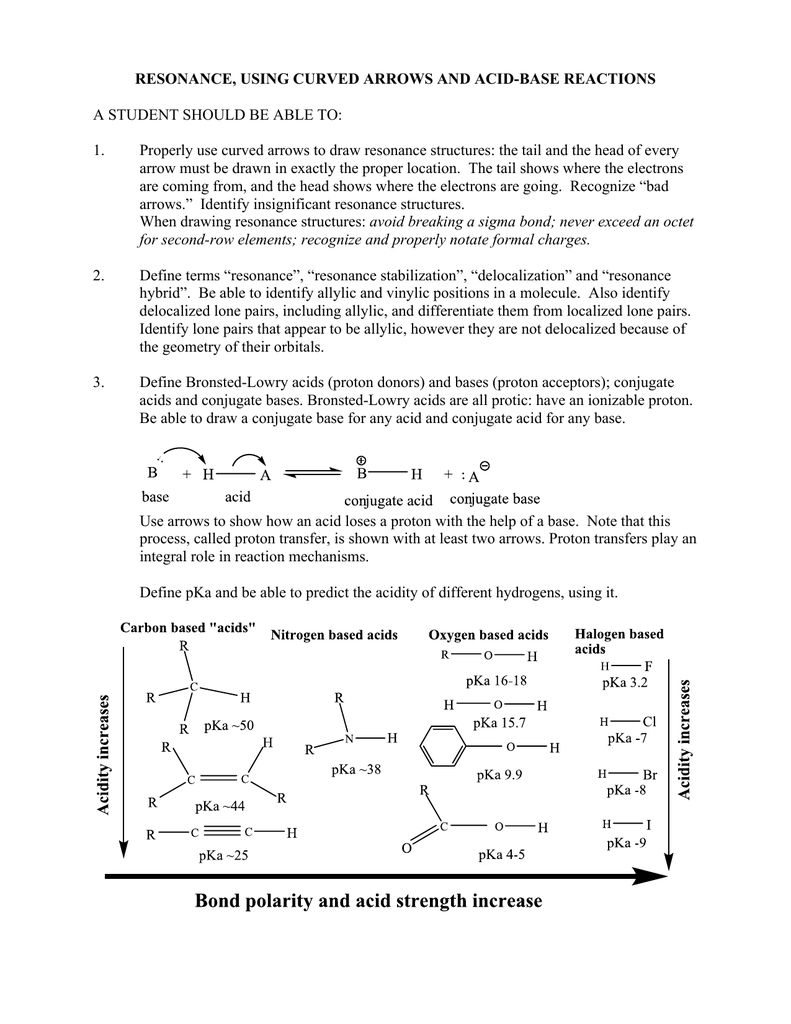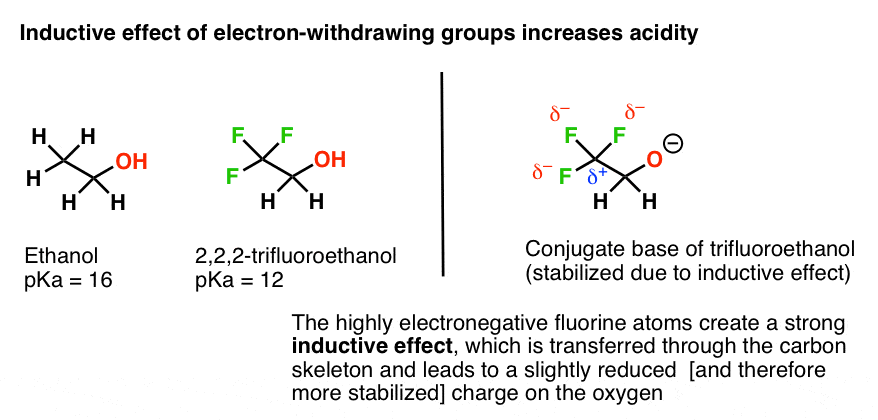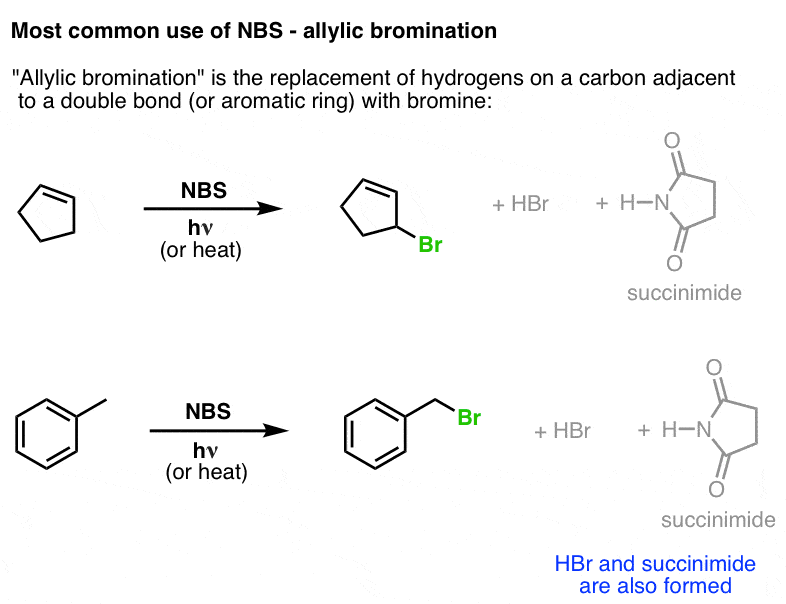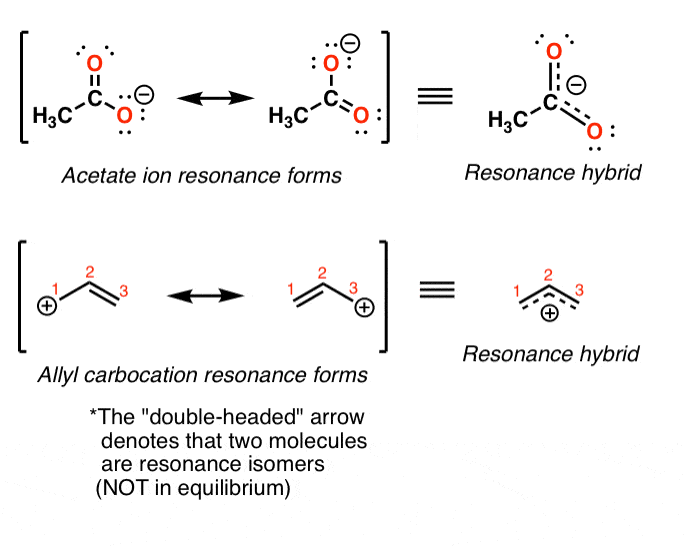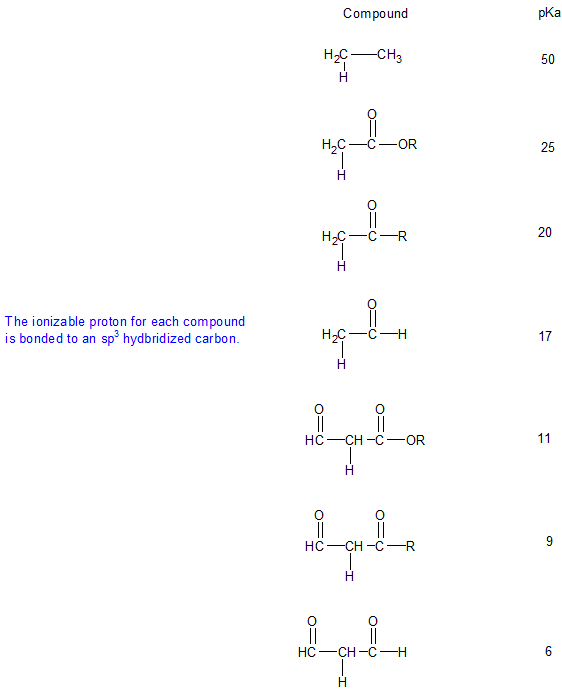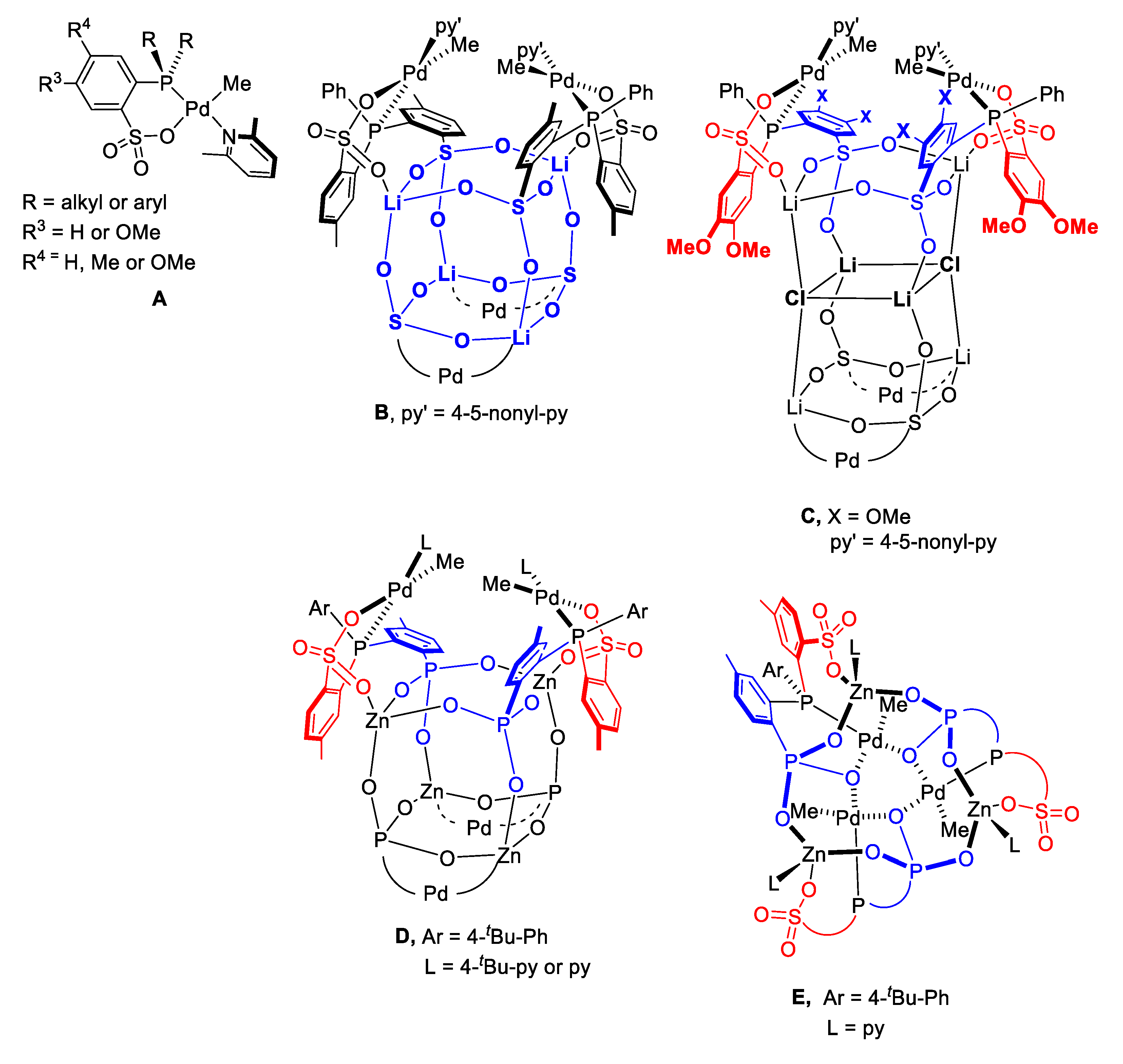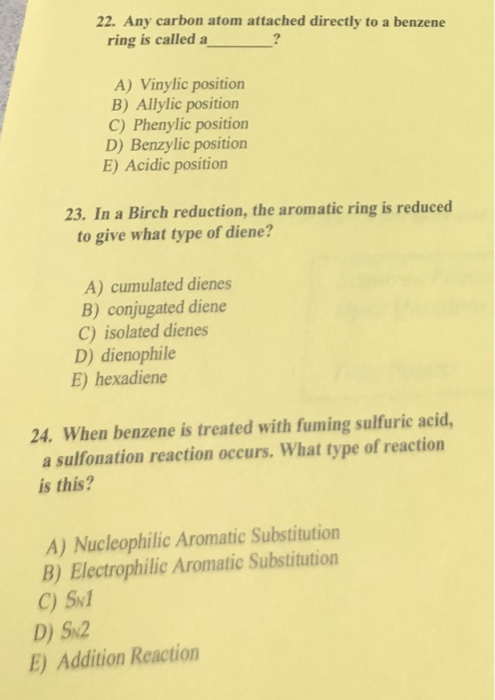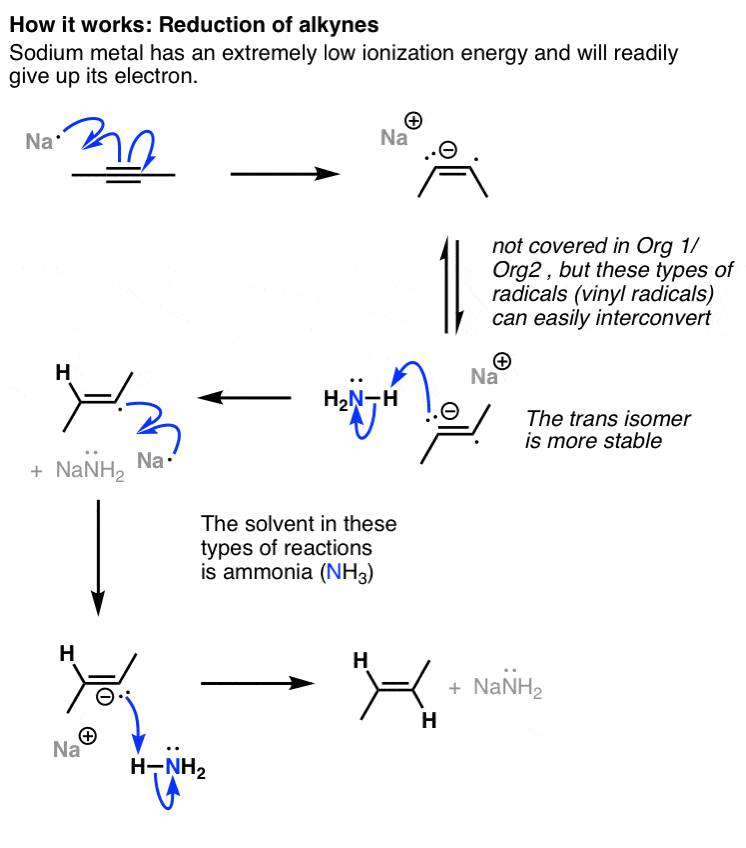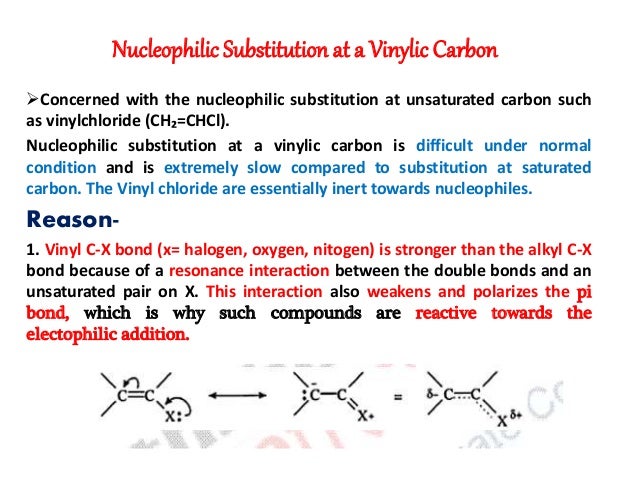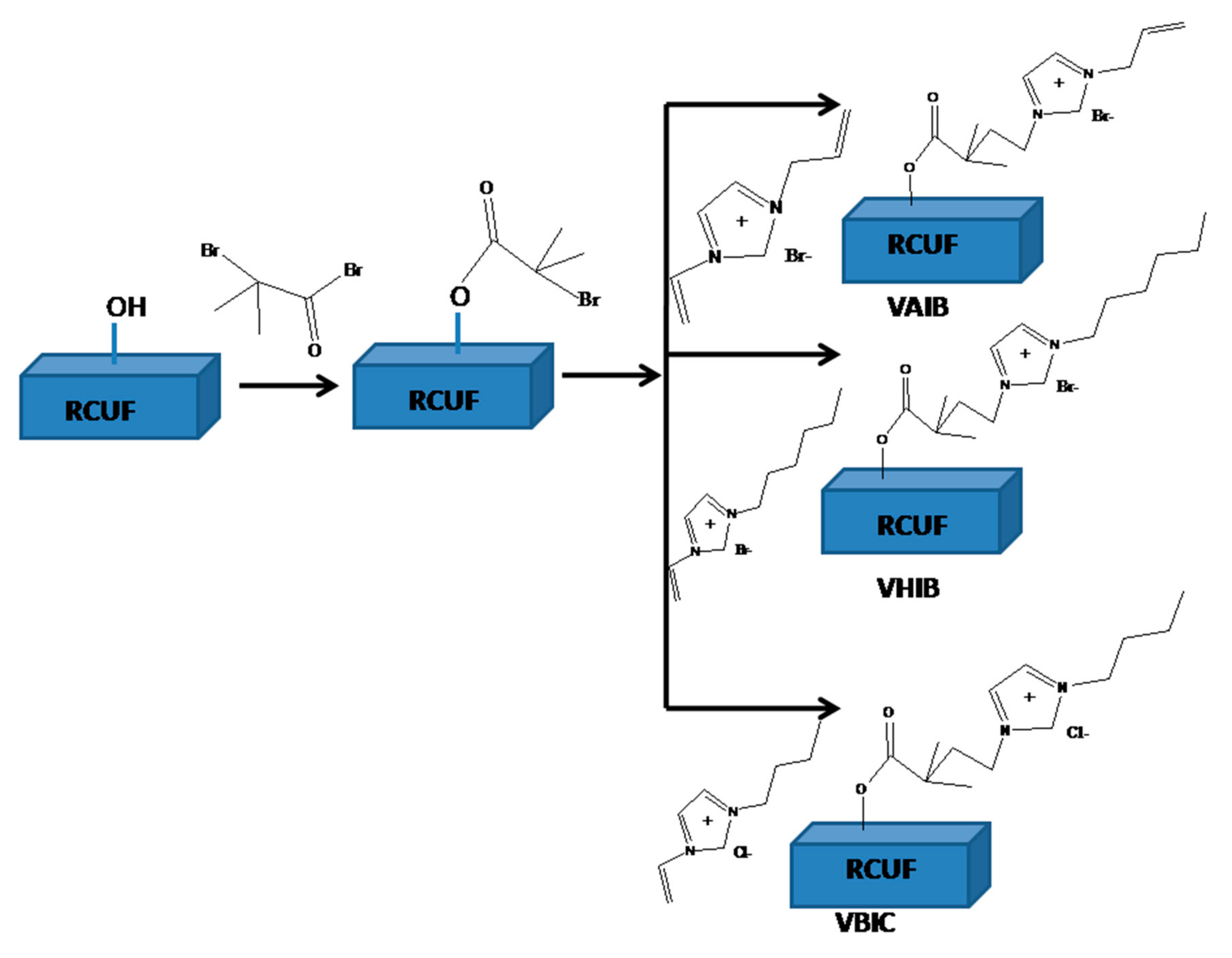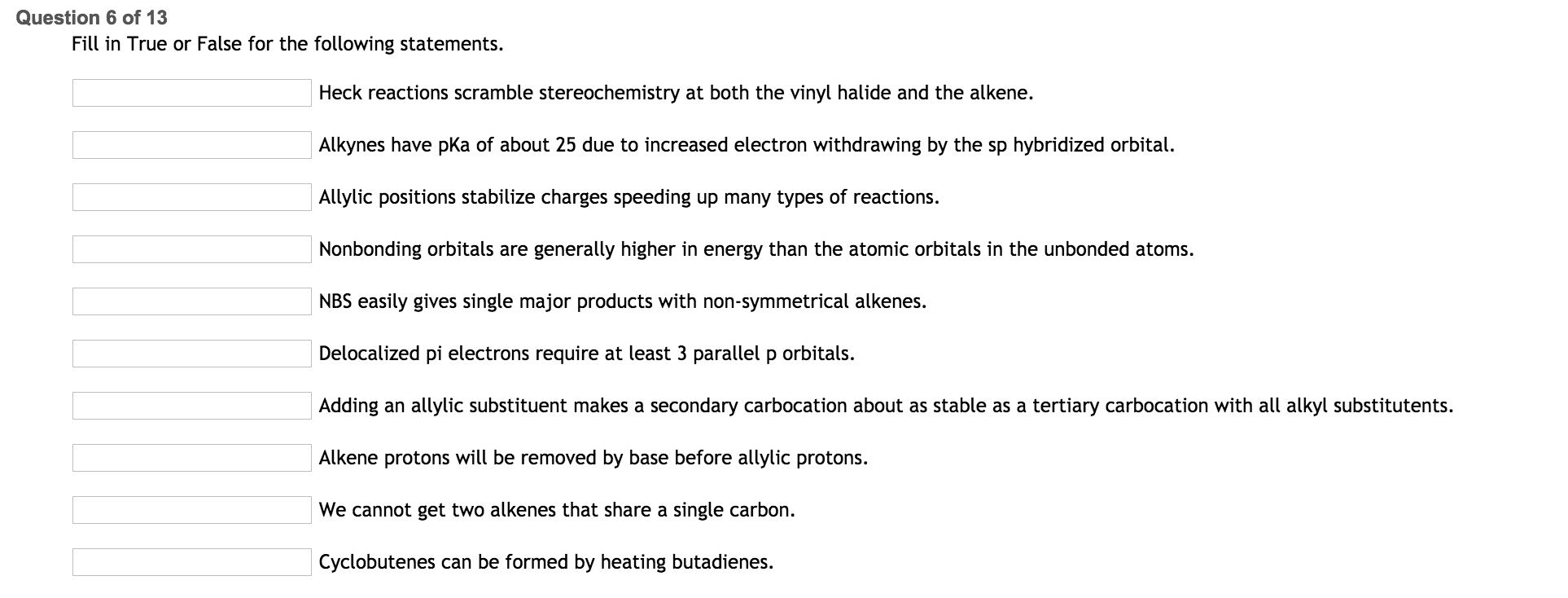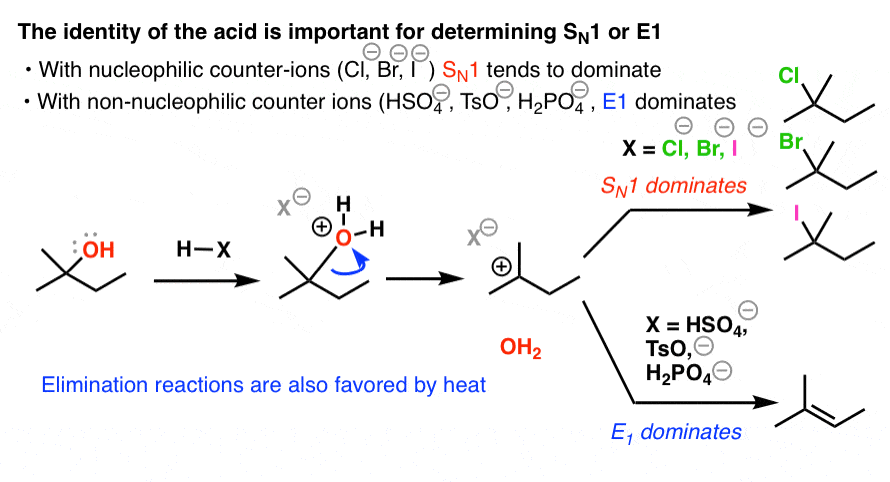Allylic Carbon Vs Vinylic Acidity

Identify the number of allylic and vinylic hydrogens in the pictured molecules.
Allylic carbon vs vinylic acidity. Since both carbon atoms form a double covalent bond so both are sp 2 hybridized. The general formula for vinyl group is r ch ch 2 in which both carbon atoms are bonded with double bond and r is attached at vinylic position. The allylic carbon and the nearby double bond. The double bonded carbon atoms can be classified as vinylic and allylic carbon atoms.
Both groups own a double bond between two carbon atoms where all the other atoms are bonded through single bonds. This heightened reactivity has many practical consequences. The key difference between allylic and vinylic carbon is that allylic carbon is the carbon. The allylic carbon atom is more reactive than normal.
An allylic hydrogen is a hydrogen atom that is bonded to an allylic carbon in an organic molecule. Allyl indicates a functional group with structural formula h 2 c ch ch 2 r where r is the rest of the molecule it consists of methylene bridge ch 2 in between the vinyl group ch ch 2 and the rest of the molecule therefore allyl group contains sp 2 hybridized vinyl carbon atoms and sp 3 hybridized allyl carbon atom. Key difference allylic vs vinylic carbons functional groups are very important in understanding the different physical and chemical properties of organic molecules the terms allylic and vinyl carbons indicate whether the carbon atom is bonded directly or indirectly to a double bond in a molecule. A vinyl carbocation has a positive charge on the same carbon as the double bond.
It would be kept mentioned that allyl is the latin word that is used for the garlic allium sativum. A site adjacent to the unsaturated carbon atom is called the allylic position or allylic site a group attached at this site is sometimes described as allylic thus ch 2 chch 2 oh has an allylic hydroxyl group allylic c h bonds are about 15 weaker than the c h bonds in ordinary sp 3 carbon centers and are thus more reactive. Allyl form a stable carbocation because of the electron delocalization whereas vinylic carbocations are unstable as they lack p character. Allyl have two sp 2 hybridized carbon atoms and one sp 3 hybridized carbon atom.
An allylic system has a minimum of 3 carbons. An allylic carbon is one that is directly attached to a pi bond. The key difference between these two structural components is the number of carbon and hydrogen atoms.


